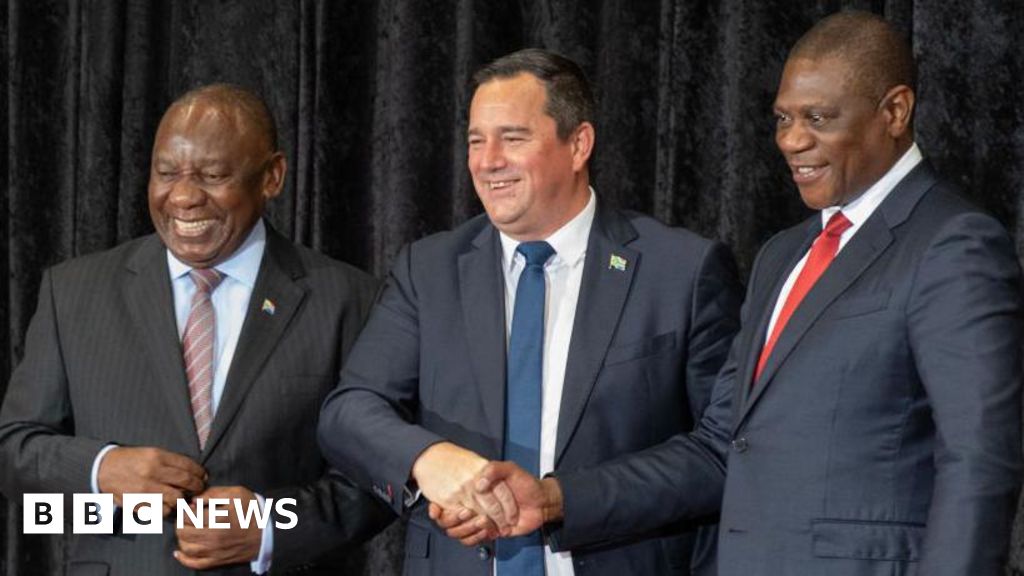Key Takeaways
- Half of Cambria’s 20,000 players contributed $1.3 million in total.
- Nearly $1.52 million in ETH was distributed as rewards, based on in-game performance and roles.
- Some players say the reward system unfairly favors guild leaders and passive earners.
Cambria, a blockchain-based MMORPG known for its high-stakes “risk-to-earn” gameplay, just wrapped up Season 2—The Paymasters.
The three-week event saw nearly 1 million on-chain transactions across Ronin and Abstract, over $1.5 million in Ethereum (ETH) distributed, and a mix of celebration and controversy from its player base.
While some players walked away with thousands in ETH, others are crying foul over what they see as an imbalanced rewards system that heavily favors certain playstyles.
You’ll Want To See This
Half of Cambria’s Players Paid In
Cambria’s developers reported that roughly 50% of participants (around 10,000 players) spent money in Season 2, contributing $1.3 million.
In return, the game awarded $1.52 million worth of ETH back to players, distributed based on in-game success, measured primarily in “silver,” a non-crypto in-game currency.
The prize pool, $1.16 million, went to players with the highest silver balances. That meant players who spent their time dungeon crawling, PvPing, trading resources, and farming silver had the best shot at a payout.
But not everyone came out ahead.
Paymasters and Guilds
One of Season 2’s defining features was the introduction of the Paymaster class, a player role that generates passive income by depositing Royal Charters (NFTs) into an in-game vault.
The top Paymaster deposited 505 charters and earned a staggering 12.3 ETH, alongside 240 million silver and 8 million Trinkets.
Guilds also dominated the leaderboards. The top guild leader took home 6.78 ETH, 303 million silver, and 10 million Trinkets.
Bug bounty hunters and community creators weren’t left out either. Cambria awarded $64,000 to players who reported critical bugs; another $64,000 went to streamers, content creators, and player referrers.
Winners and Losers: The Uneven Economics of Web3 MMOs
Despite the impressive total payouts, Cambria’s reward structure has drawn criticism from players who felt short-changed.
One player reported spending $5,168 and investing over 200 hours, only to walk away with $893, a net loss of over $4,200.
The player criticized the season for only rewarding guild masters with 80% tax slaves and fisher alts.
Conversely, some players who claimed to have spent nothing reportedly earned more than $2,000 , highlighting Cambria’s unique but unpredictable “risk-to-earn” model.
Balancing Risk and Reward in Web3 Gaming
Cambria’s economy rewards both active and passive roles. However, the results reveal how tricky it is to balance a game economy where real money is at stake.
Developers are now facing a familiar challenge in Web3 gaming: how to make earnings feel fair without turning play into pure finance.
The game’s third season will likely keep evolving the formula, but if Cambria wants to keep high spenders and free-to-play grinders equally invested, it may need to rethink how it distributes rewards.
Was this Article helpful?

















